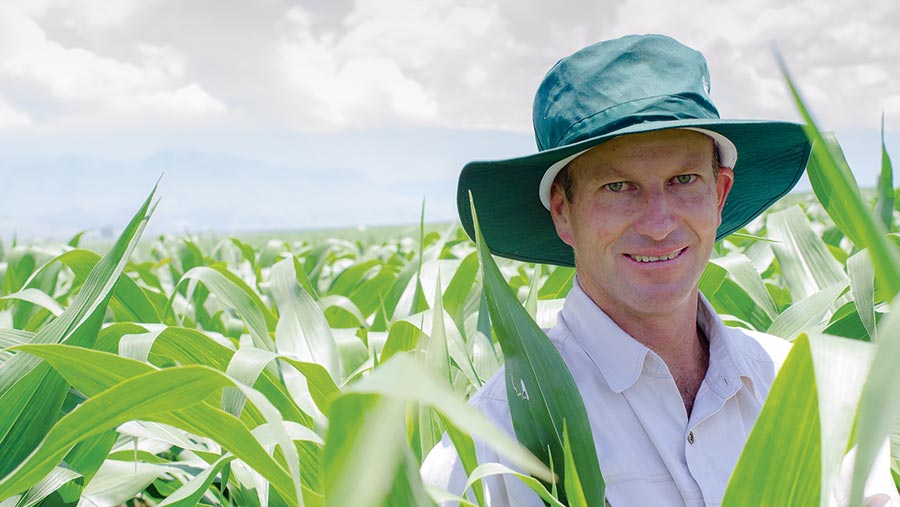Farmer Focus: Hoping for rain as spring drilling nears
 © Karen Edwards
© Karen Edwards In the southern hemisphere, spring has sprung. At least according to the calendar it has. But as far as rain is concerned, we are going to have to wait a bit longer.
I live in the eastern, summer rainfall part of South Africa. The south-western area (which includes Cape Town) gets its rain in the winter.
There is an area between these two zones that sometimes gets rain in winter and sometimes in summer, but often not at all.
See also: Read more from our arable Farmer Focus writers
The rest of the country is basically desert. South Africa is an arid country with an average annual rainfall of 450mm compared with the global average of 860mm.
So far, I would classify the start to this season as normal – that is, no rain. It hasn’t rained for the past five months, which is normal. It probably won’t rain for another month, which again, is normal.
It is at this point, in mid-October, that I seriously hope the “normal” continues, as that is hen the rains should start and that is when I want to start planting my normal crop. But we often get a midsummer drought, which can have a serious effect on the crop.
As all farmers know, there is nothing normal about farming. As farmers, we are all in opposition with each other and the only way we can stay in the game is to be more efficient than the normal farmer. We have to be able to squeeze above-normal yields from any season.
I feel I have engineered an edge by playing close attention to my soil. I am very aware of the organic matter in my soil and am always trying to improve it through no-till and cover crops.
Organic matter is not like fertiliser that gets delivered and applied – it takes years to grow and develop, but the returns are far more rewarding.
Bruce Shepherd farms in KwaZulu-Natal, South Africa. He plants 500ha of rain-fed summer crops across 3,000ha. He also runs 2,600 weaner oxen on pastures, finishing them in a feedlot with maize grown on the farm.

